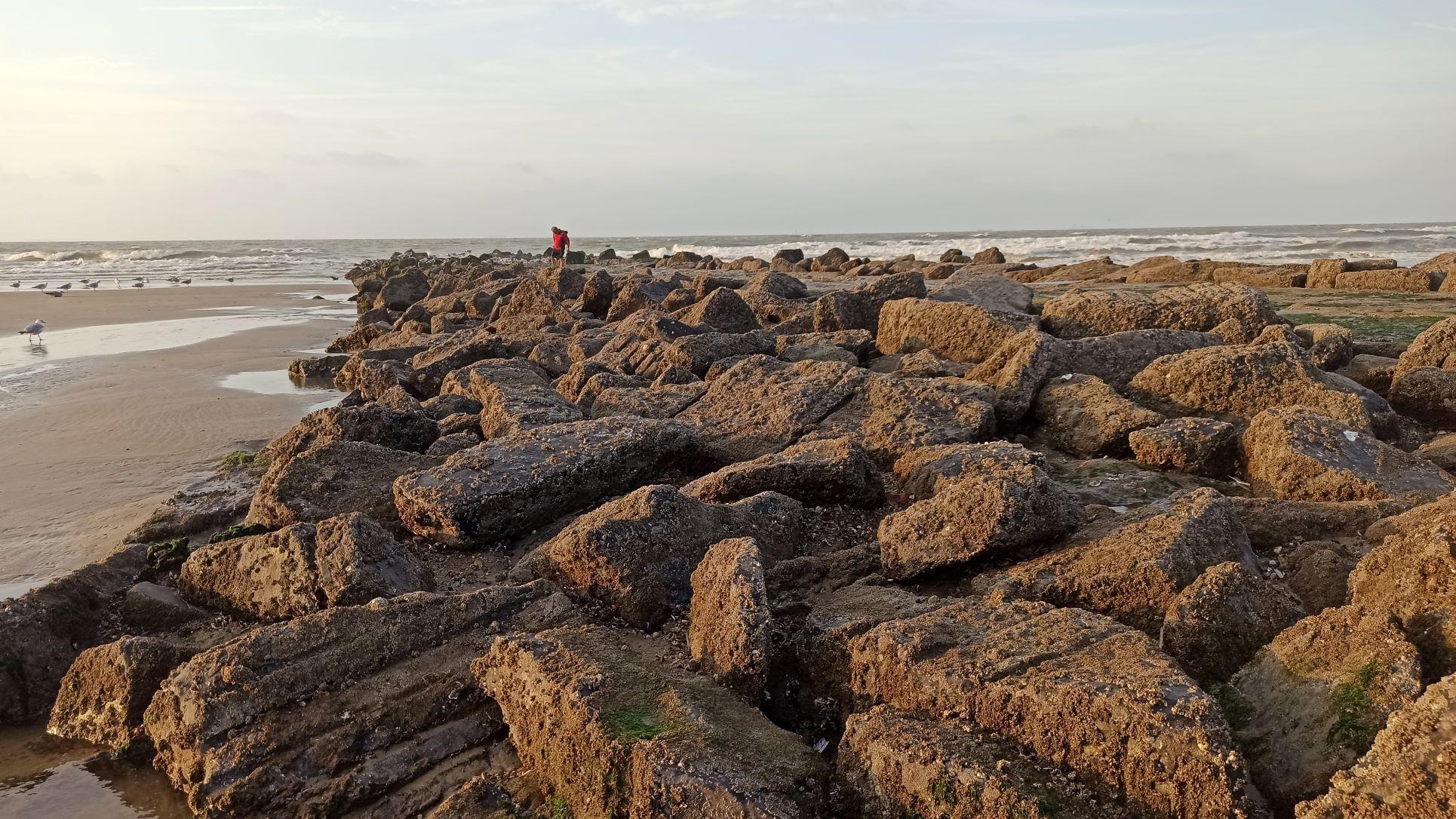
Submitted by Dr C.M. Martin-Jones on Thu, 17/11/2022 - 09:37
New research led by Cambridge earth scientists has documented heavy metal pollution along the North Sea coast over the last century.
The study, published in the Marine Pollution Bulletin, used dog whelks collected from the Belgian and Dutch foreshores as a tool to identify changes in lead pollution over time.
It reveals the impacts of contamination along this heavily-industrialized coast, and also highlights the effectiveness of legislation banning leaded petrol.
Across the globe, many industrialized and urbanized areas lie close to coastal waters — exposing intertidal ecosystems to high levels of toxic metal pollutants. The southern North Sea coast is a hub for marine traffic and has a history of pollution from effluent and other waste discharged to the sea over the last century.
The study focused on lead, which has negative impacts on human and animal health even at low levels. Lead also has a long lifespan once in the environment — being stirred up by tides and dredging activity decades after first deposition. “The fact it persists in the environment means it is particularly important to monitor lead in the long-term — whelks are a valuable tool for this,” said lead-author of the study, Dennis Mayk, who conducted the research whilst a PhD student at Cambridge Earth Sciences.
The new results support well-documented evidence to show that, after peaking in the 1960s and 1970s, lead concentrations significantly decreased in coastal waters and made a full return to baseline levels in the shells of the intertidal snails analysed in the study, showing the positive impact of managing exhaust emissions following EU legislation in 2000.
Shellfish are one of many species that are critical in maintaining the ecological food webs along coastlines. They also incorporate these harmful compounds into their shells and tissue as they grow — providing a record of exposure through time that the researchers could tap into.
Mayk and co-authors, including Cambridge Earth Science's Prof Liz Harper, used archived dog whelk shells from the Royal Belgian Institute of Natural Sciences (RBINS) collections, which span the last 130 years, for their analysis. They took thin slices of each shell and measured its chemical profile, looking for heavy metals including lead, zinc, copper and cadmium.
“The lead drop-off has been seen in previous studies of deep-water species,” said Mayk, “This work verifies that the observed trend is seen along the coastline, where anthropogenic activities have the most marked impact.”
Something they weren’t expecting were uniform levels of zinc, copper and cadmium over time, explains Mayk. The initial aim of Mayk’s analysis was to look for signals of key anthropogenic activities, including the manufacture of ammunition shells along the Belgian coast during World War Two. Industrial waste from ammunitions is laced with heavy metals, including copper, but Mayk could find no record of this contaminant during war time. He adds that there is still more to learn about how the whelks might be regulating their own exposure to metals over time.
Mayk, D., Harper, E. M., Fietzke, J., Backeljau, T., & Peck, L. S. (2022). 130 years of heavy metal pollution archived in the shell of the intertidal dog whelk, Nucella lapillus (Gastropoda, Muricidae). Marine Pollution Bulletin, 185, 114286.
